
Decades back, speaking to a device requesting information and having it magically talk back was limited to sci-fi movies. Voice search has grown immensely today as people are more comfortable fetching information from a search engine over text. Featured snippets relate closely to voice search. The featured snippet is the first result at position zero that’s read or said aloud when using voice search. Many featured snippets come from question-based phrases and appear as a near-match to the user’s query. To have your content pieces part of position zero in search engines allows your business website to benefit from organic and relevant traffic. Let’s explore voice searches, featured snippets, and website optimization to rank for both.
Section 1: Understanding Voice Search

Image source:- seranking.com
What is voice search, and Why is voice search important?
Today, increasingly, traffic to websites arrives through mobile devices. It is natural to use mobile-friendly ways to search on the Internet. Voice search is a popular form where users speak through the device’s microphone to ask a question or query the search engine. The result is a reply from the search engine via a spoken answer or a set of effects on the screen. No matter the industry or your audience’s technological maturity, you must prioritize voice search optimization in your digital marketing and SEO goals.
How does it differ from traditional search?
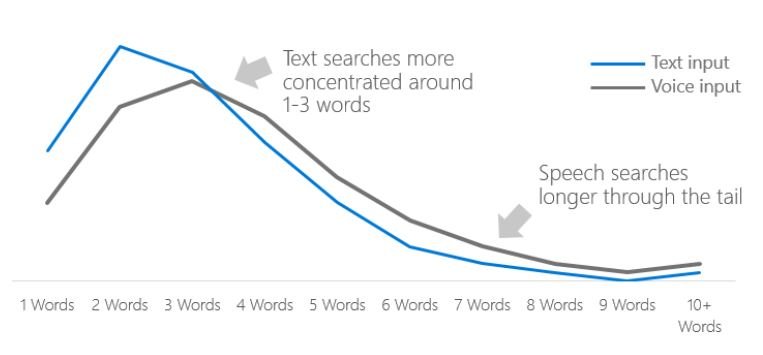
Image source:- seranking.com
There is a significant difference when users search using voice. The voice queries are more natural as the device or search engine is more handy. Say you want to know about the restaurants nearby. In the text search, you’d enter “restaurants near me,” while your voice search query would be “What are some of the good restaurants near me?”. Although the main keywords are the same, you’d want your content to help answer the user’s query in a more natural language.
Statistics and trends related to voice search
You may assume voice search is still in its infancy, but the numbers tell a different picture. Every month, more than 1 billion voice searches take place. About 123.5 million people claimed to use voice assistants in 2022. For e-commerce businesses, voice search shopping is a booming market expected to reach $40 billion soon. Some standard devices for conducting voice searches are smartphones, tablets, laptops, and smart speakers.
Section 2: Importance of Featured Snippets

What are featured snippets?
Featured snippets are responses to a voice or text search query that appear atop the organic results. Some sentences, numbers, or bullet pointers are extracts from the highest and most relevant ranking websites. Snippets are direct and most often accurate answers; the more users explore the website, the higher importance search engines give to the website.
How do they appear in search results?
The snippet response to a search query appears at the top of the organic search results. Snippets present a spoken answer to their question when using a voice search.
Why are they important?
Since snippets give more information about the user’s query, it is more inviting for the users to explore the website and increase organized web traffic. In a study of voice search answers of Google Home, about 40.7% came from featured snippets.
Examples of featured snippets in search results
Featured snippets can be paragraphs, tables, lists, or videos, each relevant to the search query. A brief section will include a few lines from the most pertinent part of your website that best answers the user’s question. There are lists, either numbered or ordered, that explain the user’s search query in a series or order. Search engines will embed the video in the featured snippet if they find a relevant video from your channel or website.
Below are some examples of featured snippets:-
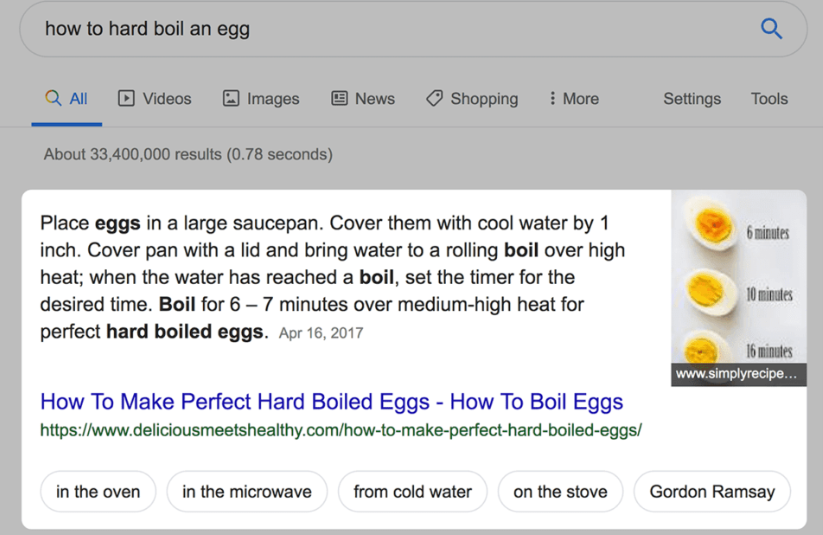

How featured snippets can improve your website’s visibility and authority
Businesses are trying harder to push themselves up the search results and stay there. Ranking higher on search engines increases your likelihood of organic traffic by thousands. Featured snippets go further by pinning your business to the top of the search results. They majorly help in two ways: first, it invites users to click on the website link to explore more, second, it also signifies that your business is among the best knowledge repositories. More relevancy and authority in your niche will result in more featured snippets from your website and vice versa.
Section 3: Optimizing Your Website for Voice Search and Featured Snippets
Best Practices for Optimizing Your Website for Voice Search
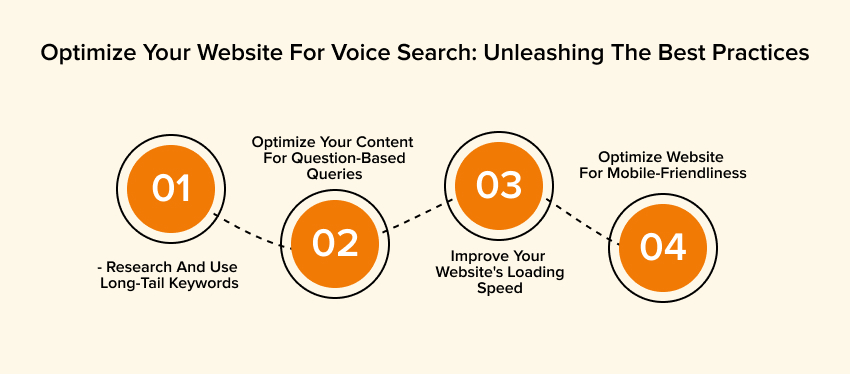
Here are the steps to optimize your website for voice search:
1. Research and use long-tail keywords
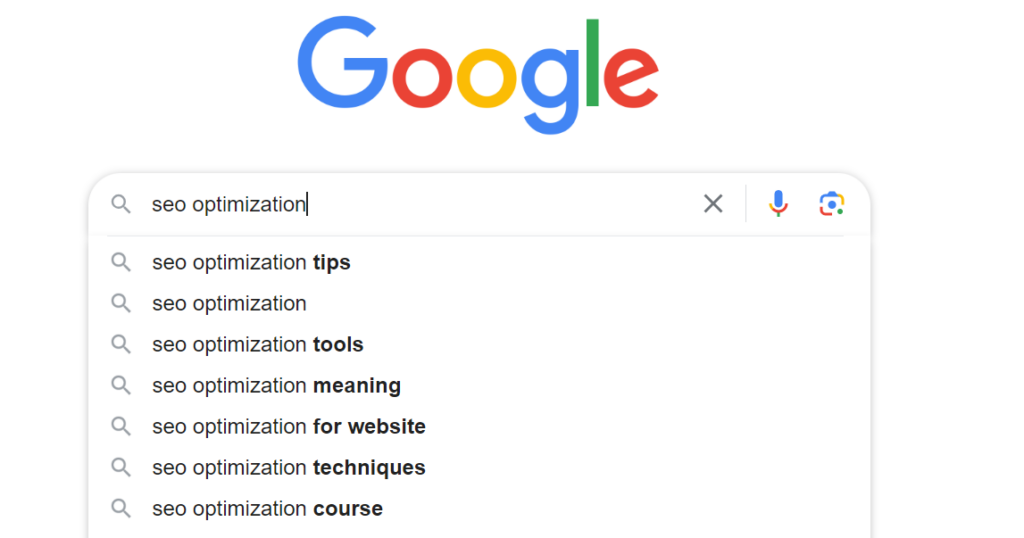
Voice search is born out of convenience and conversations. Research longer key phrases and include long-tail keywords to optimize your website for voice search. Say, you want to rank for a particular e-commerce kitchen appliance. Your typical text search query would be “Buy kitchen appliances.” But in a conversational style, your voice query may be, “Where can I buy a kitchen appliance.”
2. Optimize your content for question-based queries
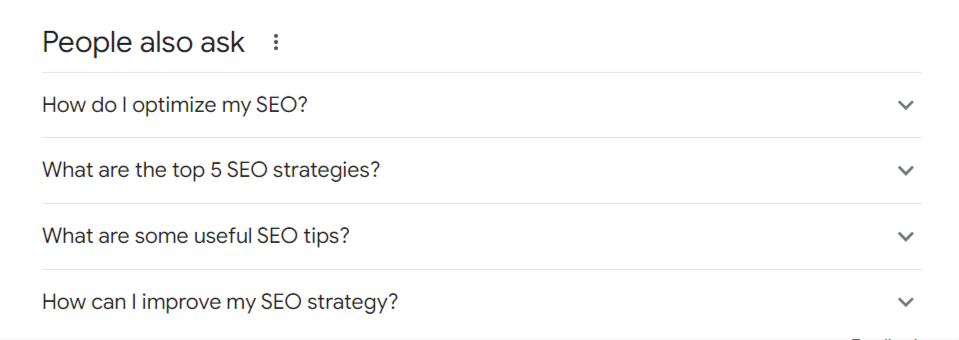
Voice search is more like asking friends for information, advice, or suggestions. So ensure you answer questions associated with the product or experience along with long-tailed vital phrases. It’s important to remember that a relevant voice search result is spoken on devices with no screen, like a smart speaker. So incorporate the answers to your queries to have a greater chance of appearing in the voice search results.
3. Improve your website’s loading speed and mobile-friendliness
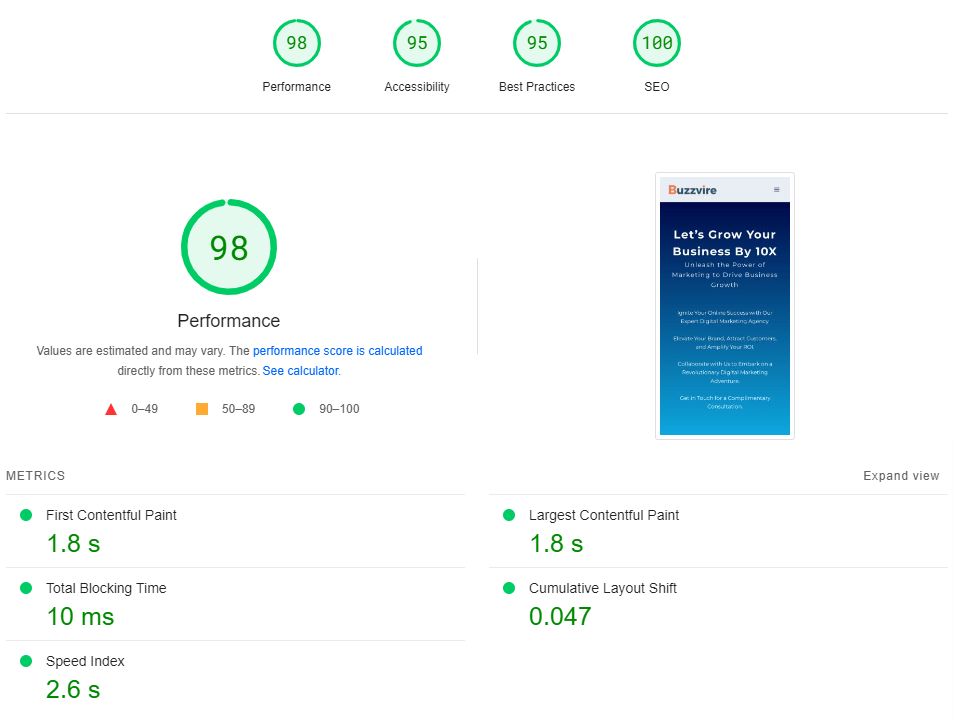
Although not directly related to your site’s structure, ease of navigation and mobile compatibility can affect your voice search results. And it is valid even for traditional text searches. Ideally, if your website takes more than 3 seconds to load, it’s possible your visitors will abandon your site. Think of search engines as inspectors of your site. If search engines find a slow-loading website, they will skip your website in the voice search results because every visitor would only be able to get through, even for helpful information. Use tools like PageSpeed Insights to share insights to know what real users experience while browsing your website.
Steps to optimize your website for featured snippets:
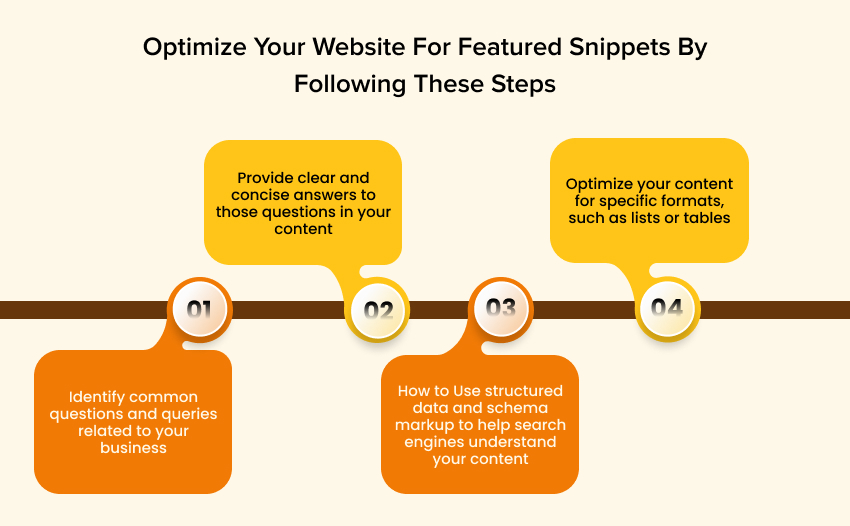
1. Identify common questions and queries related to your business
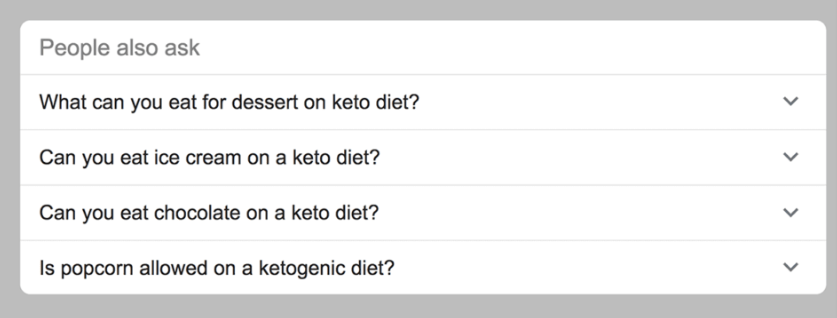
For customers, the questions differ in broadness and depth once they progress in the buying journey. In the awareness stage, your customers ask for details about your product or experience to know more about it. Later the questions could ask in-depth about the benefits or compare with your competitors. You draw a blueprint for your content and how you want to engage your customers by researching and identifying these objections or queries.
2. Provide clear and concise answers to those questions in your content
How you answer or tackle the above queries determines how search engines rank your voice search results. While there may be many answers to common topics and questions, ensure you add a new flavor and freshness, maintaining the relevancy. Try to place these questions and answers higher up the page rather than at the bottom.
3. How to Use structured data and schema markup to help search engines understand your content
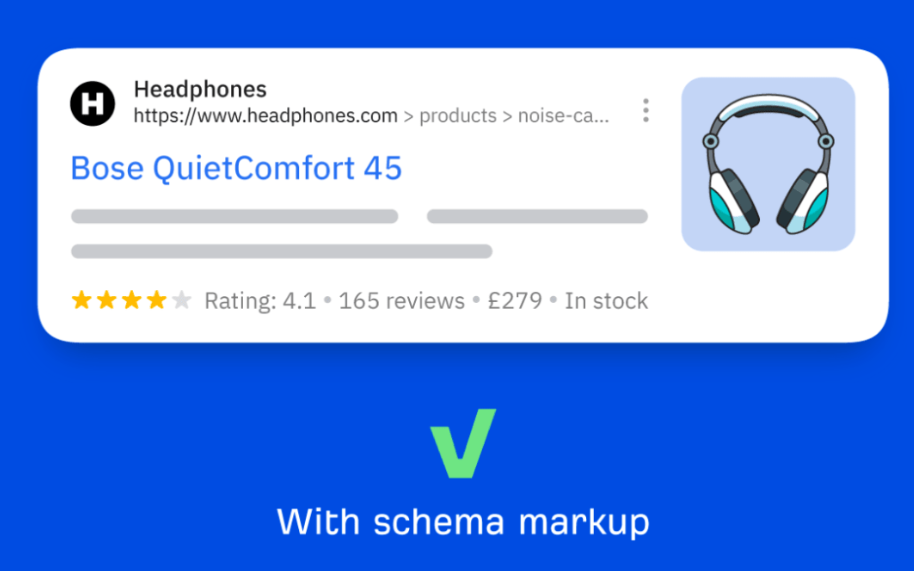
Structured data or schema markup prepares search engines to expect the type of content you show your visitors. Schema markup is a way to stand apart in the search results. Featured snippets often display the summarized part of the page’s content. Along with search engines, the scheme helps visitors easily navigate your website.
4. Optimize your content for specific formats, such as lists or tables
Target to include all featured snippets format, i.e., paragraph, list, video, and tables. This enables you to introduce variety into your content. A broader range of content types also delivers great benefits to cater to a wider audience.
Section 4: Best Practices for Voice Search and Featured Snippets
How to Get Your Website Featured in Snippets and Voice Search
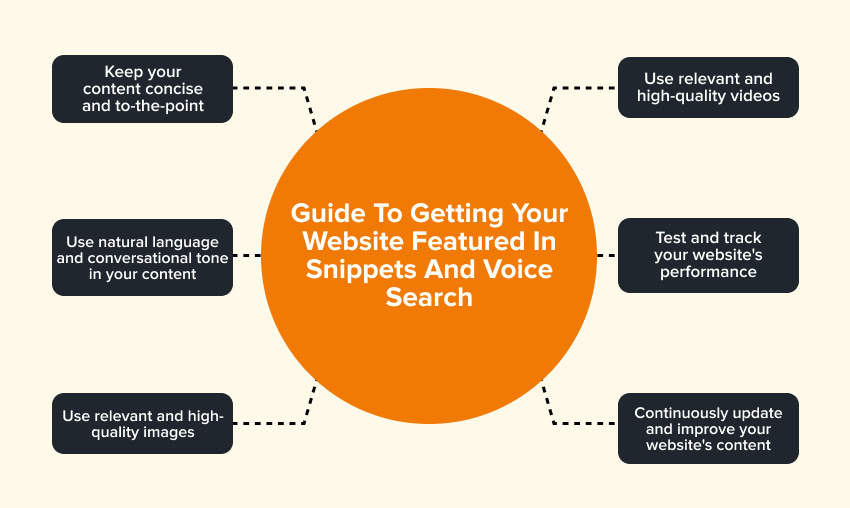
How to Keep your content concise and to-the-point
As with all content, keep your information easy for humans and machines to read. Snippets and voice search verbal replies are simple, easy to digest, and for reading aloud. For that reason, frame your content in something easier and more enjoyable to read. Turn longer paragraphs to many shorter sections with images to represent the context. When your content is easier to read, visitors spend more time on your website, leading to a lower bounce rate.
How you can use natural language and conversational tone in your content
If you structure your content readably, it benefits visitors and search engines in voice search and featured snippets. Boosting your engagement is easier if you present your content as you’d typically talk in any conversation. Avoid industry jargon and address the reader directly for maximum impact. The faster you reach your message and hold the user’s attention, the more willing they would be to read till the end and explore more content on your site.
Use relevant and high-quality images and videos to supplement your content
Introducing images into your content allows readers to better relate to your content and context. Rich-interactive media, including video and pictures, provide breathing space to the reader and help captivate their attention for longer. Content planning must include incorporating pictures and videos for a seamless reading experience and boosting the voice searches and featured snippets.
Test and track your website’s performance in voice search and featured snippets
Ranking higher in search engines is an easier way to ensure your pages have a good chance to feature in the snippet. This goes down to your SEO practices. To monitor your ranking for position 0, you can use paid and professional tools like Semrush and Ahrefs. A featured snippet content is about 50 words long and helps answer a long-tail or specific query. Although there is yet to be a definite way to track the voice search ranking, you can get an idea by analyzing similar keyphrases volume, traffic, and scale.
Continuously update and improve your website’s content to stay relevant and authoritative
Stagnancy is evil for content, voice searches, and feature snippets. Search engines want to deliver high-value, relevant content to users. Search engines prioritize your website content to match the user’s exact query. This makes keeping content fresh, relevant, unique, and up-to-date a necessity. A higher volume of quality backlinks adds to your website’s authority score. Content from authoritative websites is always up-to-date and well-researched. This makes good ground to qualify for voice search results and featured snippets.
Conclusion
Voice searches are more than just a trend. The increasing popularity shows many businesses incorporating voice searches into their strategic goals. A website optimized for voice search and featured snippets involves well-structured content and schema, updated and relevant mobile-friendly content, fast to load, and follows SEO best practices. Turn visitors into fans and customers with top-quality authoritative content. Businesses whose website content frequently appears in voice search results and featured snippets benefit from reaching a larger audience and improving branding, sales, and revenue.







